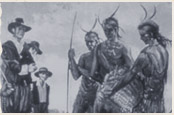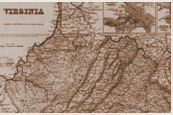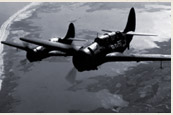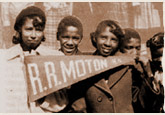The League of Nations Fight
University of San Diego
"The Idea of a League of Nations" (1919)
The Atlantic Online: Flashbacks
Senate Debate regarding the League of Nations
Mount Holyoke College: World War I
Description: These grouped resources permit students to explore the battle for American membership in the League of Nations. The interactive chronology sets up the historical context, the Atlantic Monthly article from 1919 sets forth the very thoughtful reasoning of British politicians and intellectuals in favor of a League of Nations, and the third resource is a transcription of part of the United States Senate debate in which important Senators argued passionately against U.S. inclusion in such a League.
Teaching Tips:
"Do Now" Suggestion
- The teacher can project both cartoons on an overhead (or students can look at them on the computer) and ask the following questions (in fact, these questions can be used with most any cartoon analysis): a) What do you see? b) When were these cartoons created? c) Do you recognize any symbols/people/events from the period? d) What were the perspectives of the artists? e) What do you think the artist is trying to convey? The chronology is a rich source, including images and cartoons to accompany an explanation of the events. The teacher can give students time to explore the timeline and to extract the main events to record in a sequence organizer: The teacher can create as many boxes as he/she likes. Students can record the events in words and/or images. When students finish their sequence organizers, they can compare with their classmates.
- The teacher can set up a debate in the classroom over the League of Nations and the students can use the league cartoons, chronology and Senate debate to create their arguments. It might be useful to set up the debate in the following way: a) Divide the students into debating groups of six (so that three are pro-league and three are anti-league). b) After the small groups carry out their debates simultaneously (about 3-5 minute opening statements, 5 minutes of rebuttal and 3 minute closing statement), all the pro-league students can meet and all the anti-league students meet. c) The students are now told that they will have to carry out another debate in their original groups, but this time argue from the opposite side. The idea is for the pro-league and anti-league students to talk amongst themselves to find out the arguments the other groups used. In this way, the next debates will not only be a repeat of the first debate.



